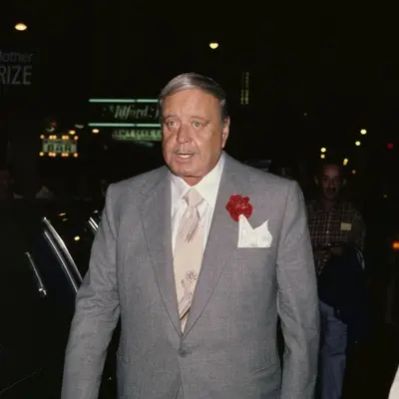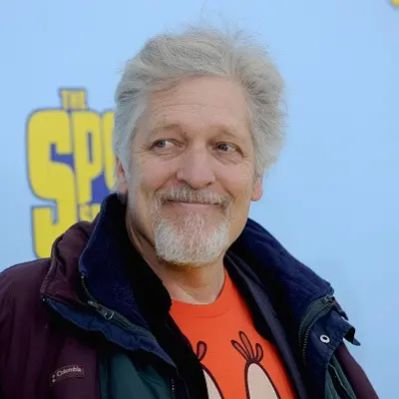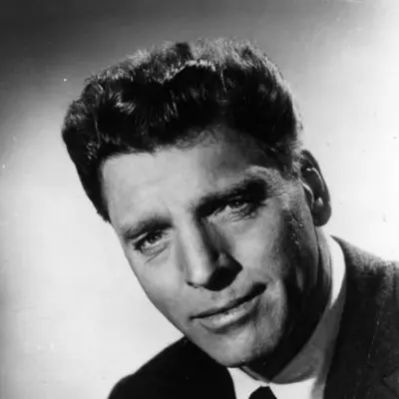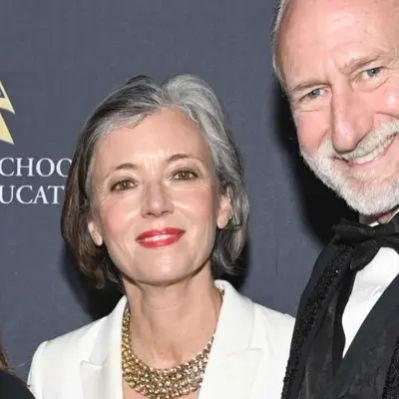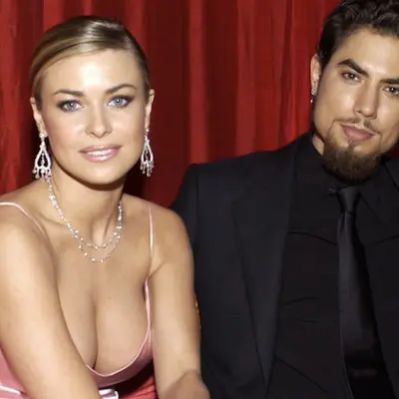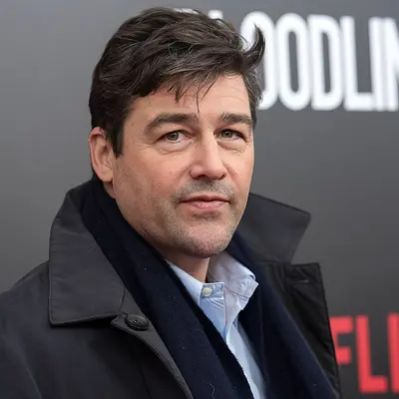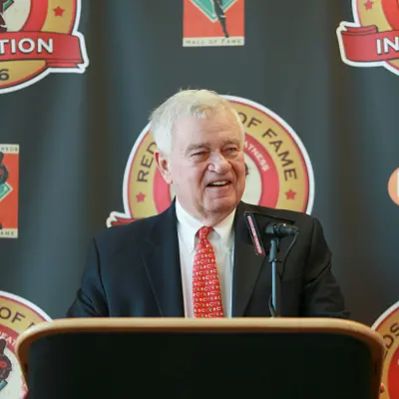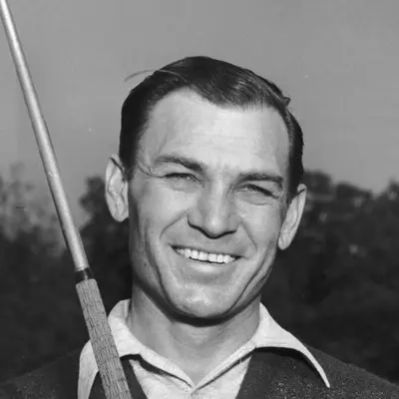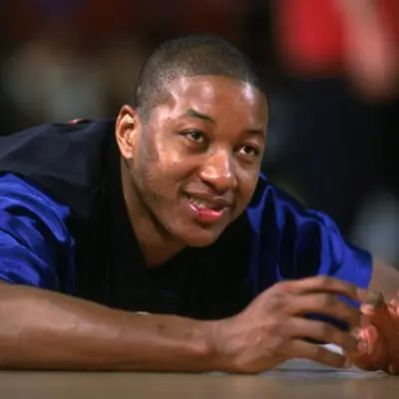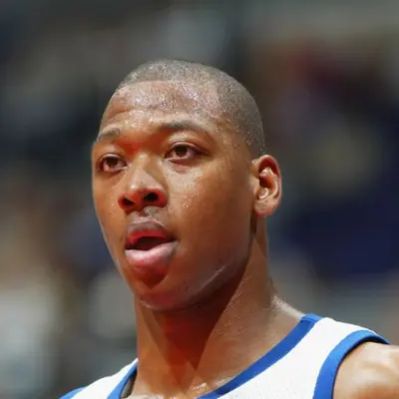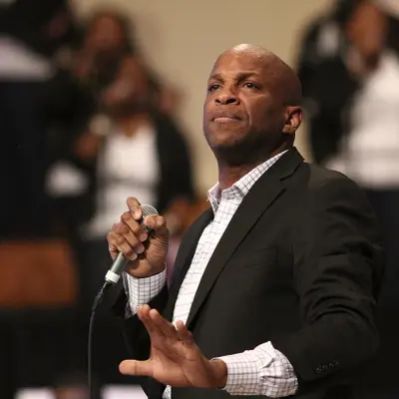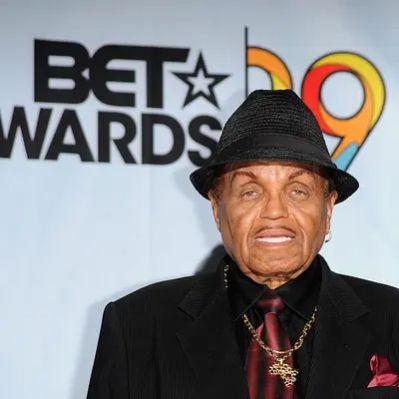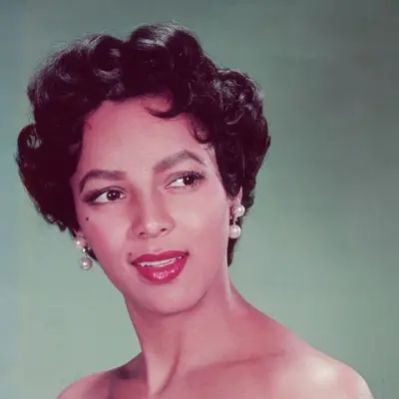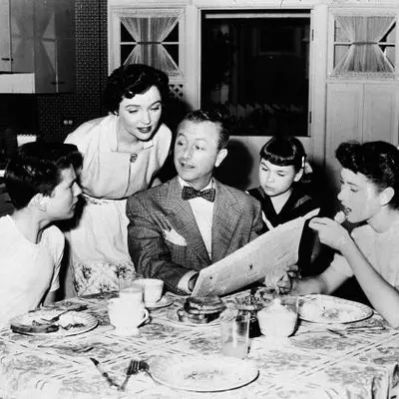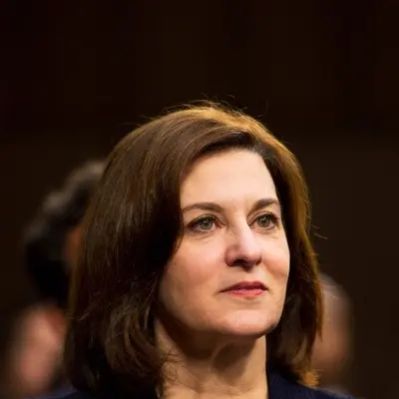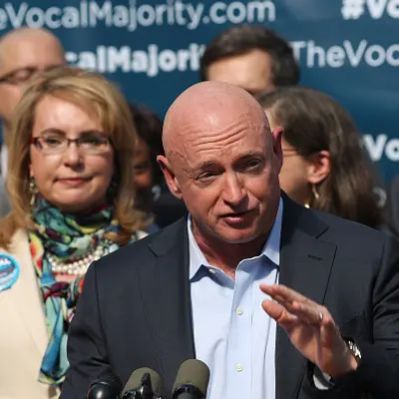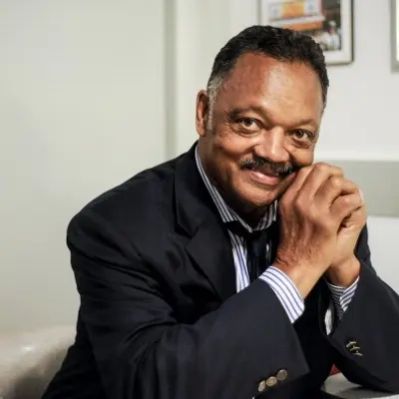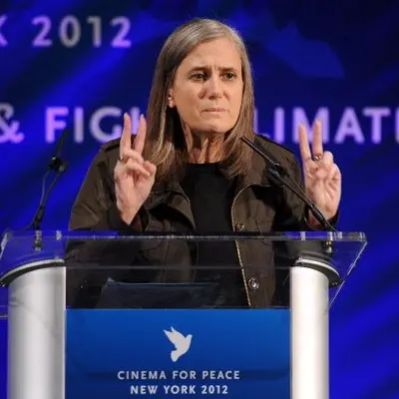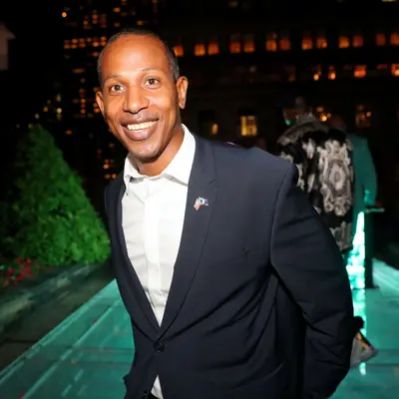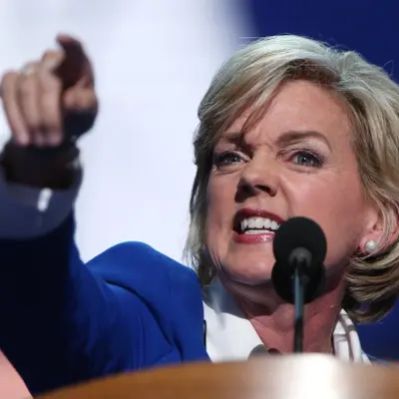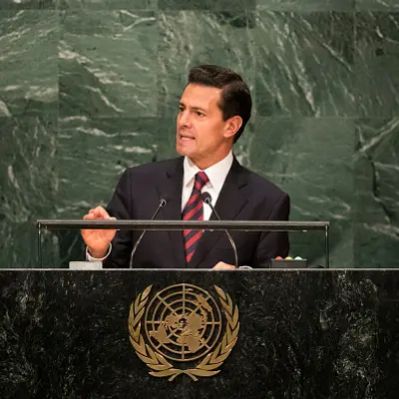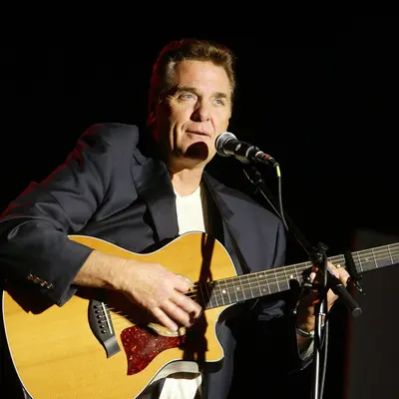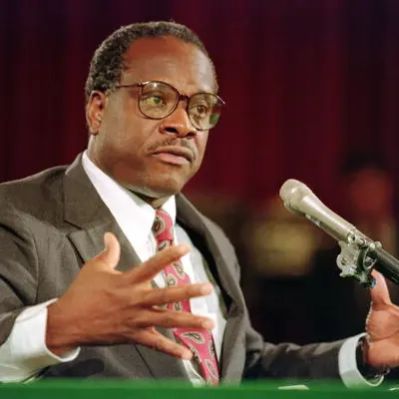What Is Jackie Gleason’s Net Worth?
At the time of his death in 1987, Jackie Gleason, the iconic American comedian, actor, and musician, had a net worth of approximately $10 million. Adjusting for inflation, this sum is equivalent to around $25 million in today’s dollars. Gleason’s wealth was accumulated through his multifaceted career spanning television, film, stage, and music. His most memorable role was as the irascible bus driver Ralph Kramden in the classic television sitcom “The Honeymooners.”
Sources of Jackie Gleason’s Wealth
Gleason’s financial success stemmed from diverse avenues within the entertainment industry.
Television: “The Jackie Gleason Show,” a variety show he hosted, was a major hit for years. He also earned revenue from syndication rights, which are payments made for the right to air reruns of his show.
Film: Gleason’s roles in movies like “The Hustler” (1961), for which he received an Academy Award nomination for Best Supporting Actor, and the “Smokey and the Bandit” films contributed to his income. In “Smokey and the Bandit” (1977), for example, he portrayed Sheriff Buford T. Justice, a role that resonated with audiences and led to appearances in two sequels. Earnings from these films, including backend deals and royalties, would have further bolstered his net worth.
Stage: Gleason’s work on Broadway, including his Tony Award-winning performance in the musical “Take Me Along” (1959), added to his income.
Music: His easy-listening music albums for Capitol Records, like “Music for Lovers Only” (1952), achieved significant commercial success. “Music for Lovers Only” spent a record-breaking 153 weeks in the top 10 of the Billboard 200. Other successful albums included “Lover’s Rhapsody,” “Music to Make You Misty,” “And Awaaay We Go!,” and “Music, Martinis and Memories,” all of which reached number one on the Billboard 200. Revenue from album sales, royalties, and licensing agreements would have been a significant contributor to his overall net worth. Exact figures on record sales and royalties are not publicly available, but the longevity and popularity of his albums suggest substantial earnings.
While specific contract details and exact earnings from each project are not publicly available, Gleason’s consistent work across these mediums established him as a prominent figure in the entertainment industry, securing his financial success.
Jackie Gleason’s Real Estate and Personal Spending
Jackie Gleason was known for his extravagant lifestyle. One notable example of his spending habits was the construction of the “UFO House” in Cortlandt Manor, New York, reflecting his fascination with aliens and UFOs. He spent $650,000 on the project, the equivalent of around $7 million in today’s dollars. The property featured two circular structures, prefabricated by a shipbuilder and constructed on an 8.5-acre property. “The Mothership,” the main structure, featured two bedrooms, two bathrooms, two bars, and a large entertaining area. The “Scout Ship” was a guest house with two swimming pools and a recording studio. The entire property had 7,500 square feet of living space, five bedrooms, six bathrooms, a library, and a card room.
To furnish his UFO house, Gleason required large quantities of Italian marble, leading him to purchase a quarry in Italy to ensure a consistent supply. He also flew Italian marble craftsmen to live at the property during construction, demonstrating the extent of his investment and dedication to realizing his vision.
Other personal assets and investments are not detailed in the provided information. Gleason’s known expenditures, such as the UFO house and his lavish lifestyle, provide insight into how he managed his wealth, but specific details about his investment portfolio or other significant assets remain unknown.
In Audrey Meadows’ autobiography, she mentioned a round hole in the marble floor next to the piano in the UFO house’s living room, which turned out to be a microphone connected to a state-of-the-art sound system that could be raised from the floor by pressing a button on the wall. This was part of the unique, custom-built technology in the house. The 40-foot, three-sided fireplace made of the finest Italian marble was another remarkable feature.
When Gleason moved to Miami in the 1960s, CBS bought the UFO house. In 1969, CBS sold the property to a private buyer. In 1974, that owner donated the home to Pace University, which intended to use it as a conference retreat, but the plans fell through. Pace sold the property to its current owner, an orthodontist, through a newspaper ad.
In July 2018, the current owner listed the property for sale for $12 million, but the listing was eventually pulled without a buyer. This listing provided detailed interior shots of the property and its unique features. Built between 1954 and 1959, the home included central air conditioning, which was highly unusual for private residences at the time. Parties at the house were attended by celebrities like Frank Sinatra, Marilyn Monroe, and Joe DiMaggio.
Early Life, Career Beginnings, and Key Milestones
Herbert “Jackie” Gleason Jr. was born on February 26, 1916, in Brooklyn, New York, to Herbert Sr. and Mae Gleason. He was baptized as John Gleason. His older brother, Clement, died of meningitis at the age of 14. When Gleason was nine, his father left the family, and his mother worked as a subway attendant.
Gleason attended PS 73 in Brooklyn, John Adams High School in Queens, and Bushwick High School in Brooklyn, but he dropped out before graduating and took a job as a master of ceremonies at a local theater.
After his mother died of sepsis in 1935, Gleason moved into a hotel room shared by a friend and a comedian, who told him about a comedy gig in Reading, Pennsylvania. He landed the job, marking his start as a professional comedian.
Gleason’s early film debut was in the musical comedy “Navy Blues” (1941) at age 24. In 1942, he appeared in seven films, including “All Through the Night” with Humphrey Bogart and “Larceny, Inc.” with Edward G. Robinson.
In 1961, Gleason played Minnesota Fats in “The Hustler,” earning an Academy Award nomination for Best Supporting Actor. He also wrote and starred in “Gigot” (1962) and starred in “Requiem for a Heavyweight” the same year.
In 1949, Gleason starred in the first television version of “The Life of Riley.” In 1950, he began hosting “Cavalcade of Stars” on the DuMont Television Network, later renamed “The Jackie Gleason Show,” which ran until 1970. His role as Ralph Kramden on “The Honeymooners” originated as a recurring comedy sketch on “The Jackie Gleason Show” and aired as a sitcom from 1955 to 1956, co-starring Art Carney as Ed Norton and Audrey Meadows as Alice.
Film and Television Career Details
Gleason’s film career included a diverse range of roles. In 1941, he made his debut in “Navy Blues,” followed by “Steel Against the Sky.” The year 1942 was particularly busy, with appearances in seven films, including “All Through the Night,” “Larceny, Inc.,” and “Tramp, Tramp, Tramp.” After a hiatus, he returned to the big screen in 1950 with “The Desert Hawk.”
Gleason’s performance in “The Hustler” (1961) as Minnesota Fats earned him an Academy Award nomination. He followed this with “Gigot” (1962), which he wrote and starred in, and “Requiem for a Heavyweight” in the same year. Other film credits include comedies like “Papa’s Delicate Condition,” “Soldier in the Rain,” “Skidoo,” “How to Commit Marriage,” “Don’t Drink the Water,” and “How Do I Love Thee?”
A notable comeback occurred in 1977 with “Mr. Billion” and “Smokey and the Bandit,” the latter spawning two sequels. Gleason reprised his role as Sheriff Buford T. Justice in both sequels, solidifying his presence in popular culture. His final film role was opposite Tom Hanks in “Nothing in Common” (1986).
On television, Gleason’s breakthrough came in 1949 with “The Life of Riley.” He then hosted “Cavalcade of Stars” on the DuMont Television Network, which was later renamed “The Jackie Gleason Show.” The show became a major success, running until 1970. His character Ralph Kramden on “The Honeymooners” originated on “The Jackie Gleason Show” and became a sitcom in its own right from 1955 to 1956.
After the original run of “The Honeymooners,” Gleason hosted “You’re in the Picture,” a game show that was canceled after one episode. He revived “The Honeymooners” in various forms, including color episodes in the late 1960s. In the 1970s, Gleason revived several of his famous characters in a television special with Julie Andrews. He made frequent television appearances until shortly before his death, often appearing as a guest on talk shows and in specials. He also acted in television films, such as “Mr. Halpern and Mr. Johnson” and “Izzy and Moe,” the latter with his “Honeymooners” co-star Art Carney.
Stage and Music Career Highlights
Gleason’s stage career began in 1940 with the musical revue “Keep Off the Grass.” In 1942, he and Lew Parker led a large cast in a road show production of “Hellzapoppin.” His major recognition as a stage performer came in 1944 with the hit musical “Follow the Girls.” Other stage credits include “The Duchess Misbehaves,” “Heaven on Earth,” and “Along Fifth Avenue.”
In 1959, Gleason starred in the original production of the musical “Take Me Along,” winning a Tony Award for his performance. He returned to the stage nearly two decades later in a production of the play “Sly Fox.”
Parallel to his acting career, Gleason had a successful music career in the 1950s and 1960s, creating easy-listening albums for Capitol Records. His first album, “Music for Lovers Only” (1952), held the record for the longest time spent in the top ten of the Billboard 200, at 153 weeks. Other successful albums included “Lover’s Rhapsody,” “Music to Make You Misty,” “And Awaaay We Go!,” and “Music, Martinis and Memories,” all reaching number one on the Billboard 200. He continued making albums through 1972.
Personal Life and Final Years
Gleason was married three times. His first marriage was to dancer Genevieve Halford from 1936 until their divorce in 1970. During this time, they separated and reunited twice and had two daughters, Geraldine and Linda. During the second separation in the early 1950s, Gleason had an affair with his secretary, Honey Merrill. He married his second wife, Beverly McKittrick, in 1970, and they divorced in 1975. Gleason then married Marilyn Taylor, with whom he remained until his death.
A heavy smoker and diabetic, Gleason faced health issues throughout his life. He was diagnosed with colon cancer, which spread to his liver. Jackie Gleason died in June 1987 at his home in Lauderhill, Florida, at the age of 71.
 Net Worth Ranker
Net Worth Ranker
